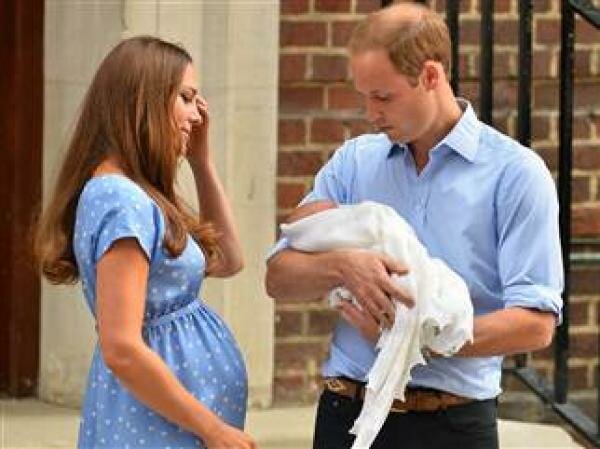Soldier creates incredible tintype photos offering an insider's view of life on the ground in Afghanistan
By 0

When U.S. Air Force gunner (and photographer) Ed Drew was posted to Afghanistan this summer, he decided to capture his fellow soldiers not with a modern camera but using an outdated technique called tintype, resulting in a haunting series of pictures reminiscent of those taken by photographer Matthew Brady in the Civil War.
Drew, a staff sergeant in the California Air National Guard, was in Helmand Province when he took the photographs using tintype photography, a process involving chemicals which is as time-consuming as it is fiddly, with each image taking several minutes to create.

The tintypes were created by aerial gunner Ed Drew during time on the ground between sorties - this photograph shows a technical sergeant based in Helmand Province, Afghanistan, earlier this year

Same style: Photographer Matthew Brady took this tintype picture of soldiers in the American Civil War - he was said to be good at persuading high brass to pose for him
Brooklyn-born Drew, 32, would often have to drop his work and run to the helicopter when he was summoned on an urgent mission in his work on a Combat Search and Rescue special operations helicopter.
Creating each image involved hand-pouring a chemical called collodion onto a sheet of metal which is made light-sensitive with a silver nitrate solution and then creating a direct positive onto it.
A painstaking process with the wet plates, making tintypes was made harder still for Drew by the dry and dusty conditions in Helmand Province.
Drew, who grew up in New York City and joined the U.S. Air Force a month after graduating high school, served in Little Rock Air Force Base in Arkansas and then Yokota Air Base near Tokyo.
He says it was during his time in Japan that he discovered a passion for art, and then left the military, travelling around Europe for years and developing his artistic style.
In 2008, Drew returned to America and enlisted in the Air National Guard. Now living in San Francisco's Bay Area, he studies sculpture and also serves as a reserve aerial gunner as a defensive heavy weapons and tactics specialist.
His work is reminiscent of that done by American war photographer Matthew Brady, who used the same method to take photographs of soldiers in battlefields around the country including Gettysburg during the bloody war 150 years ago.

Risking their lives in hostile territory: This glamorous soldier is a major and co-pilot who served alongside Brooklyn-born Ed Drew in Helmand Province earlier this year

This tintype photograph shows a Sikorsky HH60G Pave Hawk combat search and rescue helicopter - the photographer would often drop everything and run to it

The stresses of combat, lack of basic materials, drying desert air, and the wind and dust of Afghanistan challenged Drew's artistic ability - this image shows a pilot

Drew said he chose the tintype method as he wanted to show the humanity behind the people involved in the horrors of war - this photograph shows a senior airman mechanic

On active duty: This lined tintype image shows a staff sergeant pararescueman who was deployed in Afghanistan alongside Drew in June this year

Old-fashioned method: The tintype method of photography has not been used in a combat zone since the American Civil War more than a century ago

The stark photographs challenge the viewer to look for longer, possessing an historical quality that adds resonance to the subject - this photograph depicts a pilot

The photographer, who was born in Brooklyn and grew up in New York City, now lives in San Francisco's Bay Area, where he is studying sculpture - this image shows a technical sergeant and aerial gunner

The tintype technique was last used on the battlefield in the Civil War by photographer Matthew Brady, whose fascinating portrait of soldier in the 19th century are well-known

The portraits show soldiers during the bloody conflict in Afghanistan's Helmand Province, and offer an alternative view of those involved in the war

This technical sergeant in the U.S. Air Force was serving in Helmand this summer when Drew persuaded him to sit for a tintype photograph - he chose to pose with his gun

Matthew Brady's portrait of Captain A.B. Weeden, 1st Rhode Island Light Artillery, and his servant Tommy Hickey in camp at Miner's Hill, Virginia, in the winter of

Gun in hand, helmet at his feet, this Senior Master Sergeant pararescueman smiles for the camera despite living through the horrors of war far from home on a daily basis

This plate showing a First Lieutenant co-pilot is among those created by 32-year-old Drew, who is exclusively represented by the Robert Koch Gallery in San Francisco
leave a comment






